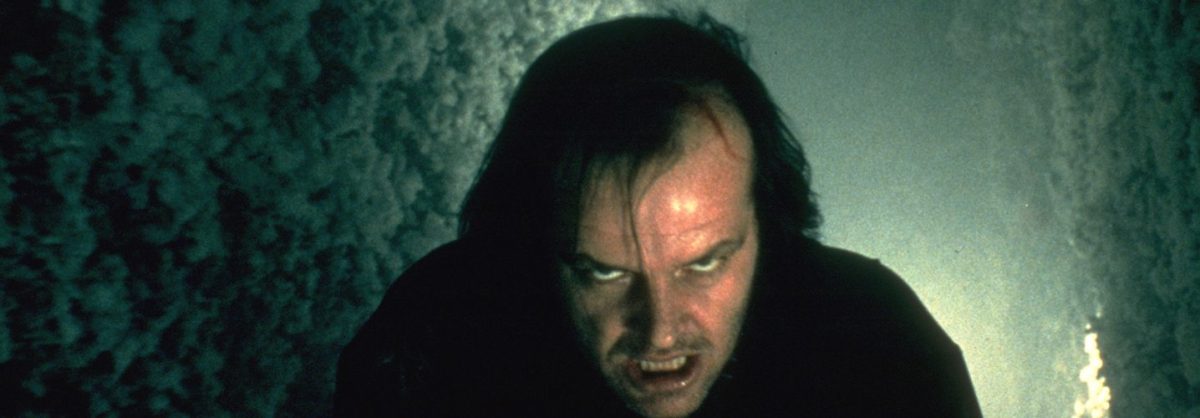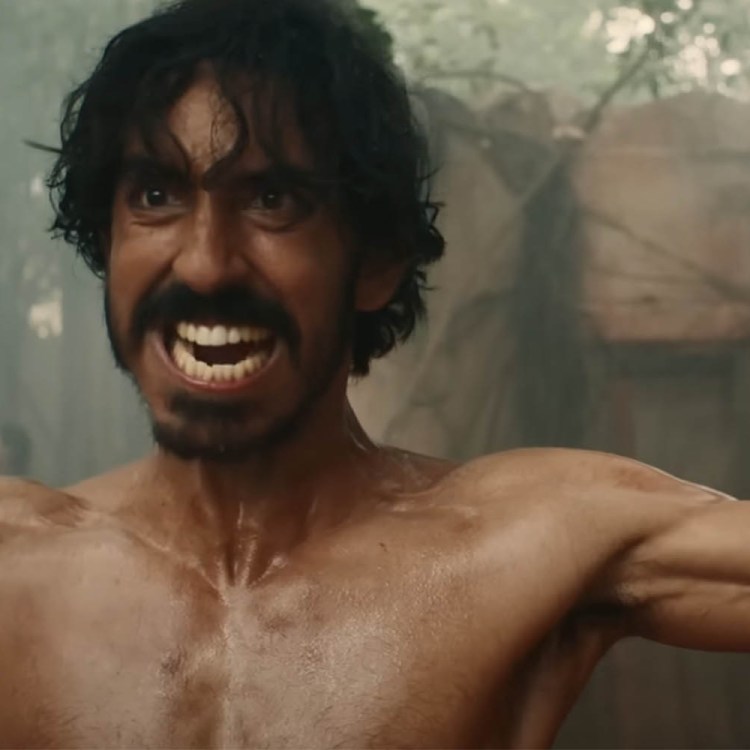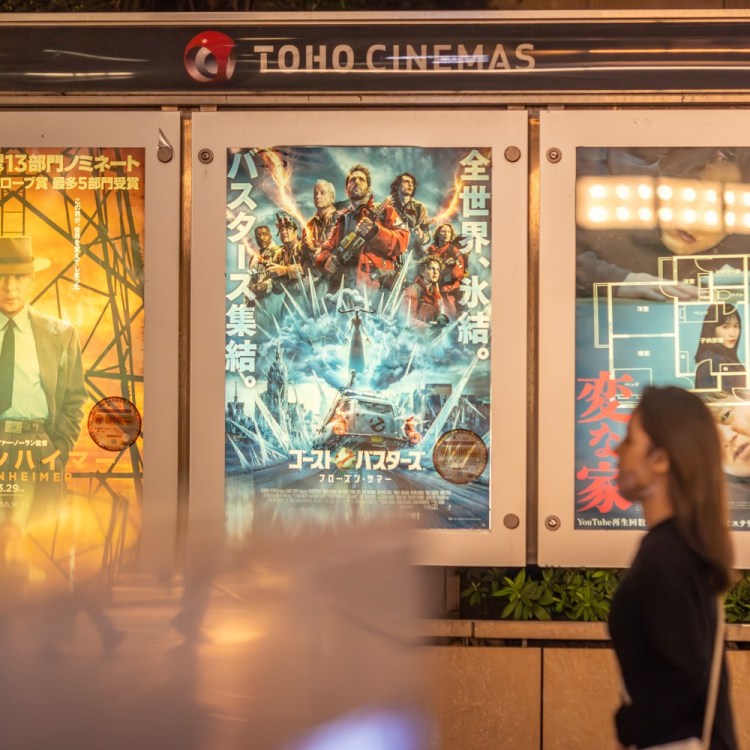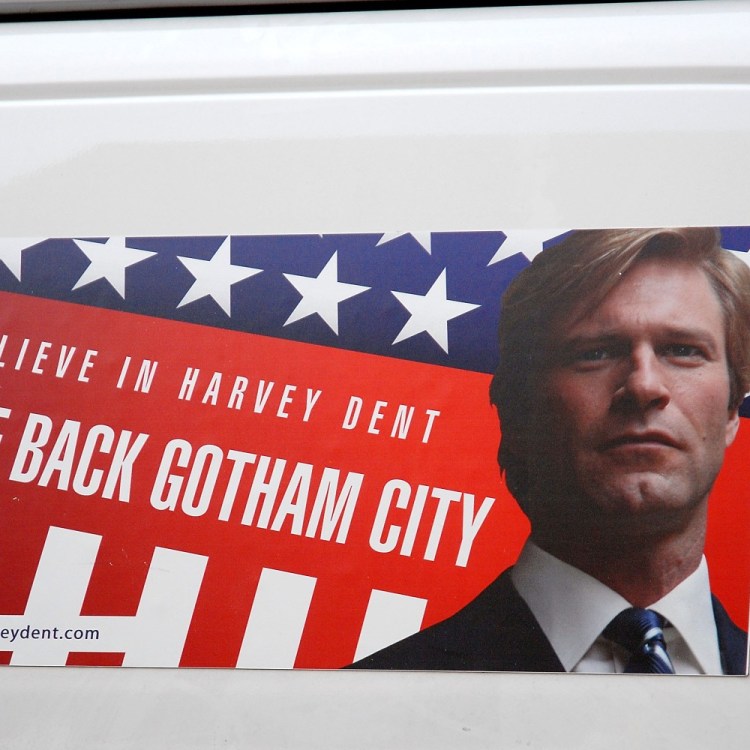One of the main reasons why Stanley Kubrick’s 1980 horror classic The Shining is so frightening is Jack Nicholson’s haunted portrayal of Overlook Hotel caretaker Jack Torrance. You could even argue that it comes down to specific characteristics of the actor—like the devilish facial expression he sports in the film’s most famous scene. (You can actually watch Nicholson preparing to be scary in it below.)
Another good example is the late Heath Ledger’s twisted take on the Joker in 2008’s The Dark Knight, for which he won a posthumous Oscar. It was clear from the first second he was onscreen that he’d be giving Batman (and little kids in movie theaters) nightmares for years to come.
It begs the question: Are there some actors that just have a je ne sais quoi of scariness?
The Wall Street Journal recently did a deep-dive of the concept, with the help of Steven Schlozman, assistant professor of psychiatry at Harvard Medical School, who teaches a course on horror stories and studies facial expressions of actors. He came up with the following formula for detecting the greatest onscreen villains, and we’ve broken it down using Jack Nicholson in The Shining as your guide:
(1) The best onscreen villains usually have a round face. You know, the type that fits through an axed-out section of bathroom door and screams “Heeeeeere’s Johnny!” “Scary faces play a lot with what Freud and others called the uncanny, this idea where something is familiar but just a little bit off,” Dr. Schlozman told the Journal.
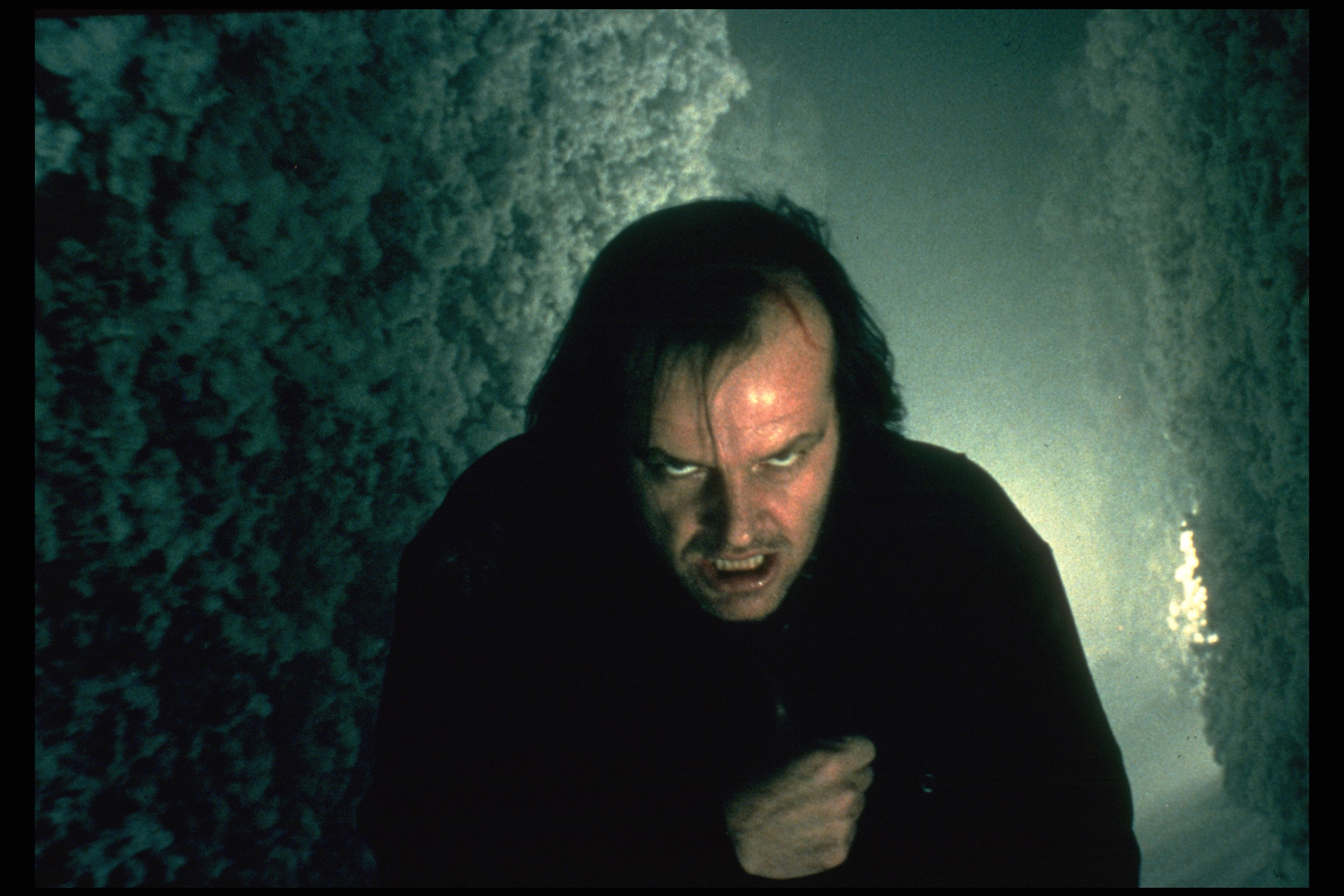
(2) Like Nicholson, having angled eyebrows doesn’t hurt either. “Through the natural atrophy of the forehead and the skin along the face that accompanies decay and death, the middle part of the eyebrows gets tugged downwards, and the skin along the temples stretches,” notes Schlozman. See: Nicholson (above) in the infamous hedge maze climax.
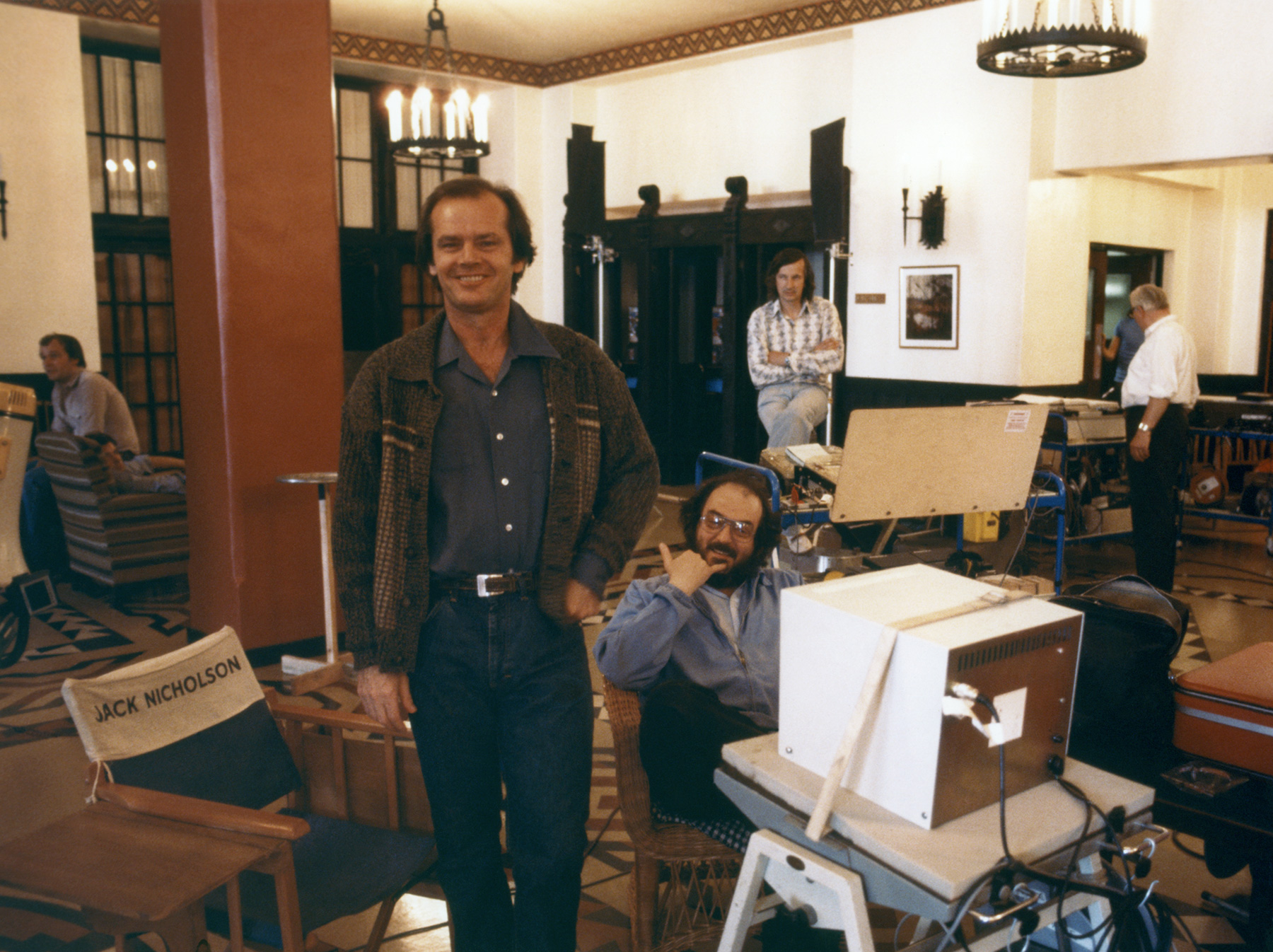
(3) Context, context, context. Sure, there is a lot to be said about Nicholson’s overall acting chops and ability to inhabit a number of creepy characters onscreen (including the Joker, too, by the way). But damned if he ever had a creepier supporting cast (see: Shelley Duvall and those axe-murdered twins in the hallway). And a master director (Kubrick) at the helm to help tip the scales in his favor. Not to mention a number of scene opportunities—like the aforementioned axe-wielding bathroom one—to perform his villainy.
(4) The actor must have a world-class grimace expression. Take a gander at a few of his best ones in the clip above.
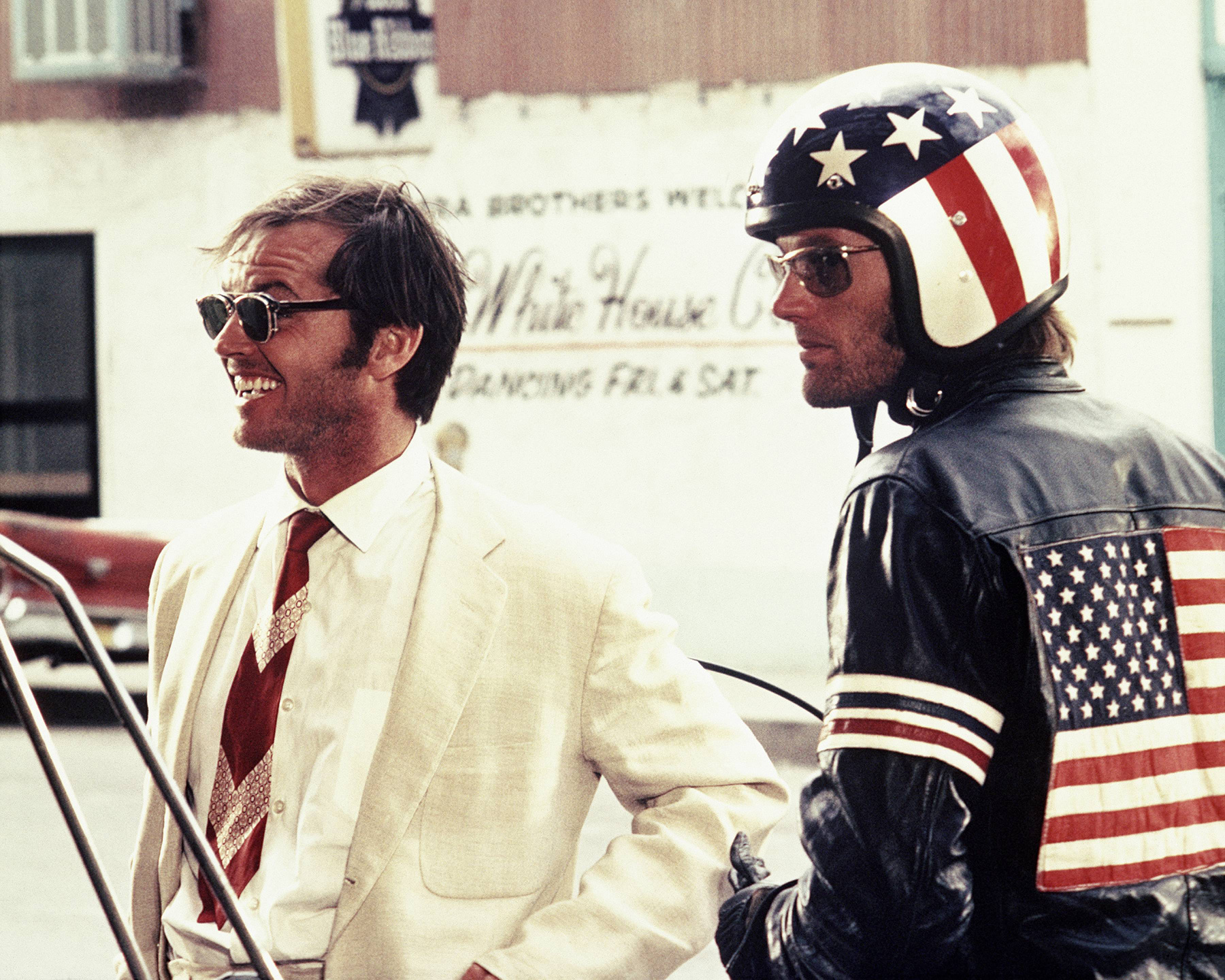
(5) That said, the actor also has to be highly flexible, too. By ’80, Nicholson had already deftly portrayed George Hanson (Easy Rider), J.J. Gittes (Chinatown), and R.P. McMurphy (One Flew Over the Cuckoo’s Nest) before landing his role as Torrance—all vastly different roles and characters.
This article was featured in the InsideHook newsletter. Sign up now.
